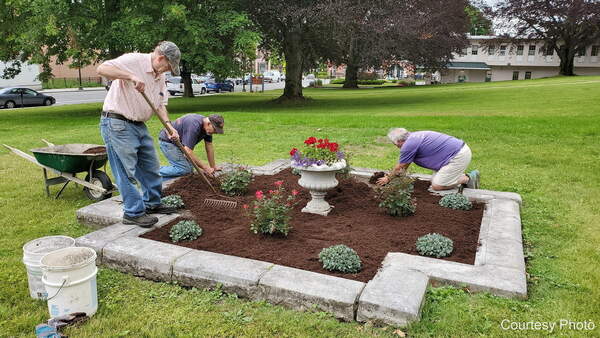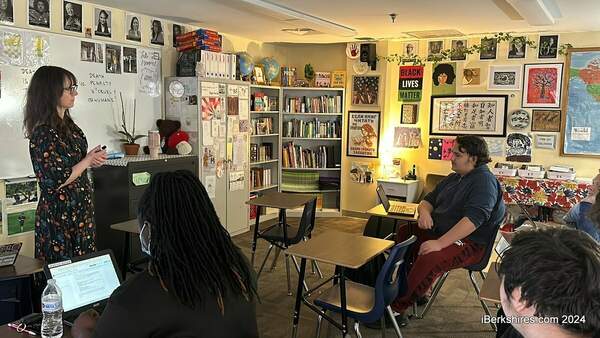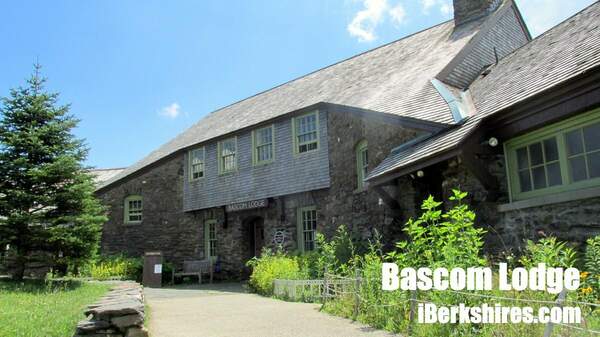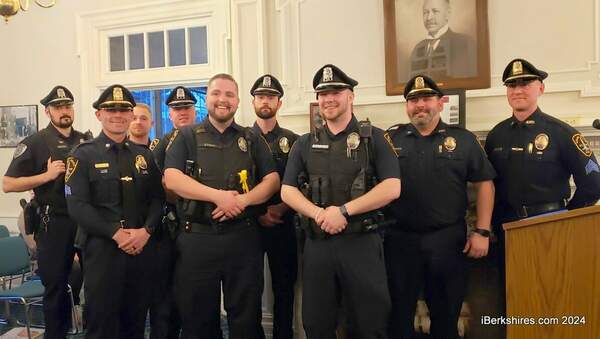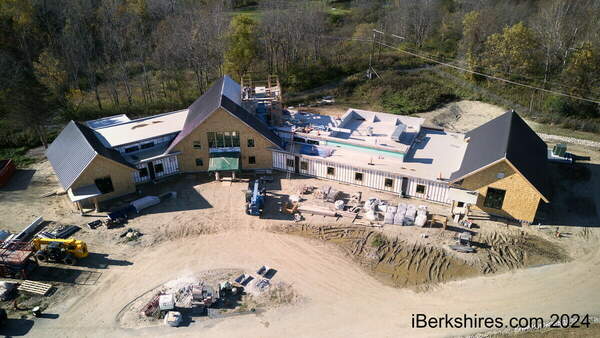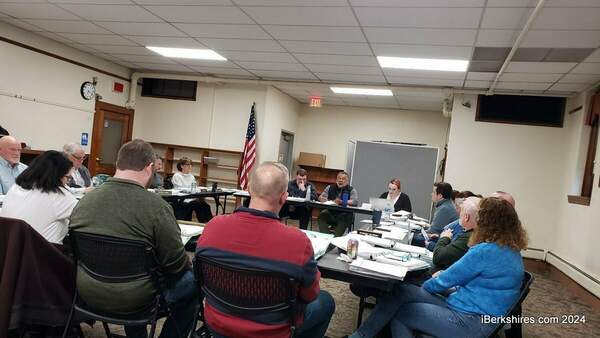St. Stan's Pupils Learning How Gardens Grow
 Pupils at St. Stanislaus School in Adams are learning about agriculture by raising seedlings and helping in a garden. Pupils at St. Stanislaus School in Adams are learning about agriculture by raising seedlings and helping in a garden. |
ADAMS, Mass. — St. Stanislaus Kostka School pupils are getting hands-on experience with agriculture through a Garden to School Project.
In a garden hidden behind Stanley's Lumber on North Summer Street, the children play in the dirt and learn about raising plants, such as how to properly transplant a tomato by laying it down on its side.
Edward Ciara, who spearheads the program with Norman Jette, explained that planting them this way allows the roots to be closer to the surface and to absorb more nutrients.
"You lay them down and they will stand up on their own," Ciara said. "Do not force them. Being a tropical plant that originated from South America, they love heat and lots of water."
Master Gardeners Ciara and Jette approached Principal Linda Reardon last winter to ask if the school would be interested in having the children walk down to the lumber yard a few times a week and help out with the gardening.
"They love it," Reardon said. "It's a very real, hands-on experience and it ties into educational standards, so I jumped at the opportunity."
Reardon said the kids refer to Ciara and Jette as the "garden guys" and there are countless educational benefits to gardening. They are learning a lot about science, communication, and even life.
"It offers hands-on experiential learning for students across several disciplines. Kids are truly engaged in ways that just wouldn't happen from a book," she said.
Jette said he said the younger kids planted marigolds that were ready for Mother's Day while older students learned the intricacies of planting vegetables. He said students will be planting squash, pumpkins, carrots and onions.
He said one of his main goals is to show the kids where their food actually comes from
"That's the reason why we are doing it so these children know where tomatoes come from," Jette said. "Someone has to grow that plant some place. It is the only way you get a tomato and I think that the kids really are interested and they get to work in the dirt. Every kid likes to play in the dirt."
Ciara holds a degree in agriculture and both gardeners have more than 60 years combined experience. Ciara said he has maintained the garden for nearly four years and has many exotic plants to share with the children.
Alongside properly transplanting a tomato, Ciara showed the pupils how to correctly water a plant, how to prepare soil, and even how to properly de-nettle a stinging nettle plant by using warm water.
He said there is a history lesson behind many of the plants in the garden with applications that originate from Europe. He said many of the things he grows are used in traditional Polish dishes.
He pointed out a lamb's quarters plant, an underrated plant that tastes like spinach but is far better for you.
"It tastes like delicate baby spinach, and it's got more nutrients and minerals," he said. "But it doesn't have Popeye behind it so it's not commercially known."
Ciara also pointed to a hybrid berry bush that combines currant berries and goose berries and a peach tree that grows flat peaches "that instead of being round will look like tires."
Jette said after regular trips to the school where they helped the students get their plants started during the school year, they were able to get them in the ground when the chances of a frost finally vanished enough to ease their minds. He said many of the vegetables and other plants were picked because they will be able to be harvested when the children return to school after summer break.
Jette said the students have been keeping journals, in which they describe the plants' progression, and have been learning about seeds and how to care for certain plants.
"Some seeds are microscopic but will end up growing 6 feet tall and then there is a coconut, which is the biggest seed that there is," he said. "Now it's not the one that you see in the supermarket. It weighs about 40 pounds and it is called the double coconut."
Ciara said conservation is also a huge part of these lessons. He said they use collected rain water and make their own compost. Jette added that they will also show the students how to save seeds so they can grow them next year.
"I haven't bought any marigolds in about 15 years," Jette said. "Once you get them in the fall one flower probably has 200 seeds."
Ciara and Jette said they hope to connect the children to their food and help them understand important things, like "a real tomato isn't perfectly round."
Reardon agreed with this sentiment.
"I am hopeful that it will help students develop a connection with the Earth that will last a lifetime," Reardon said. "There is just something very special about digging in the soil and watching plants flourish."
Tags: agriculture, gardens, master gardeners, school garden,

